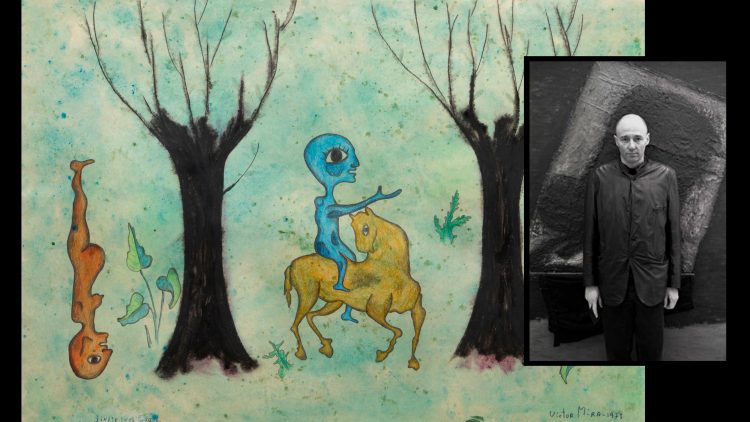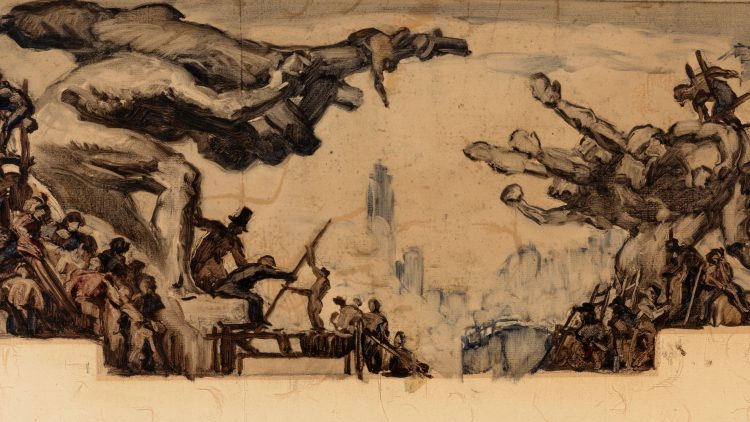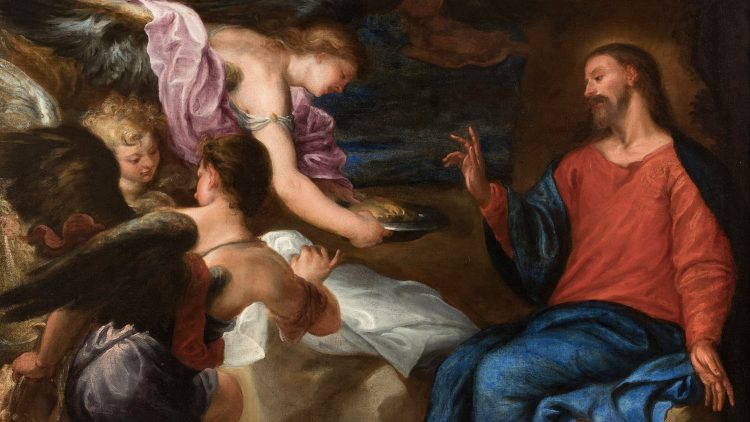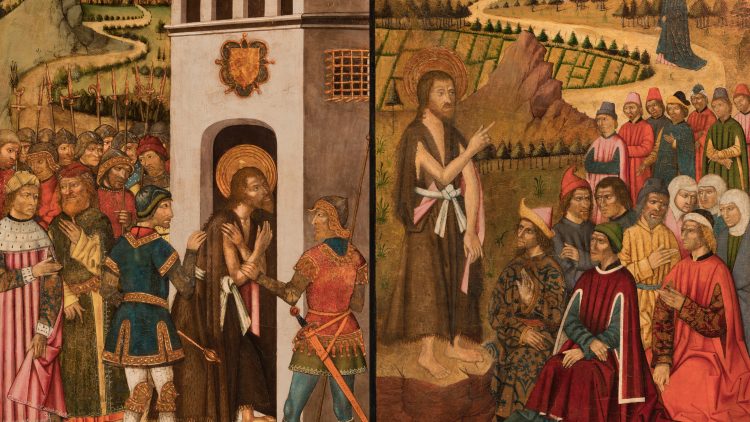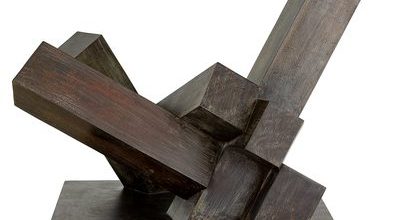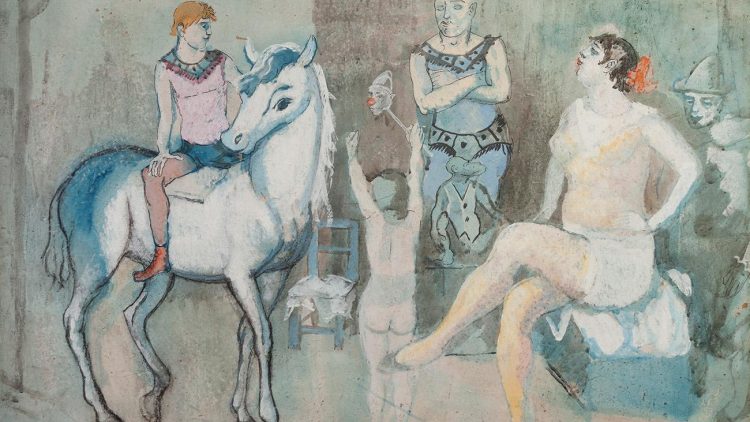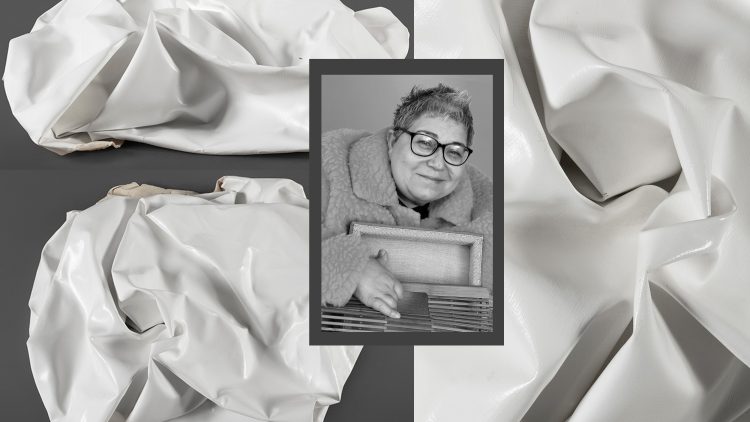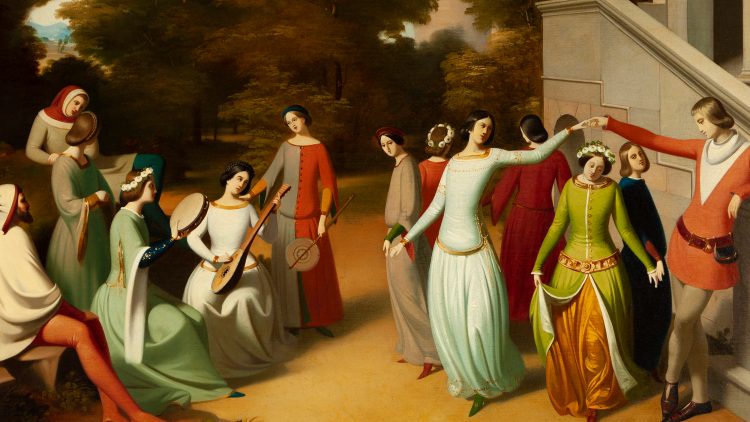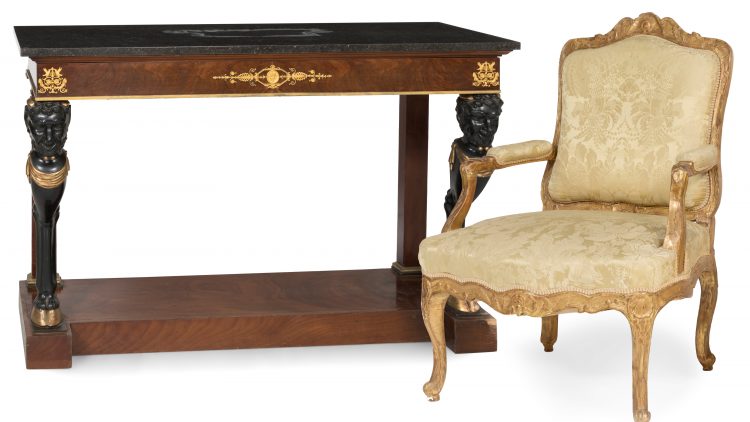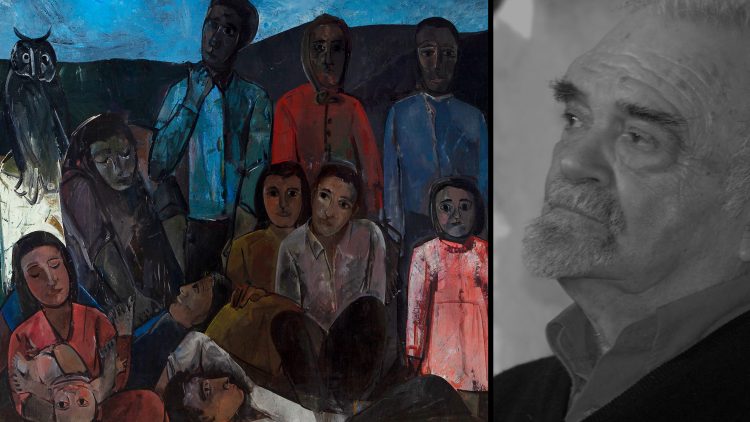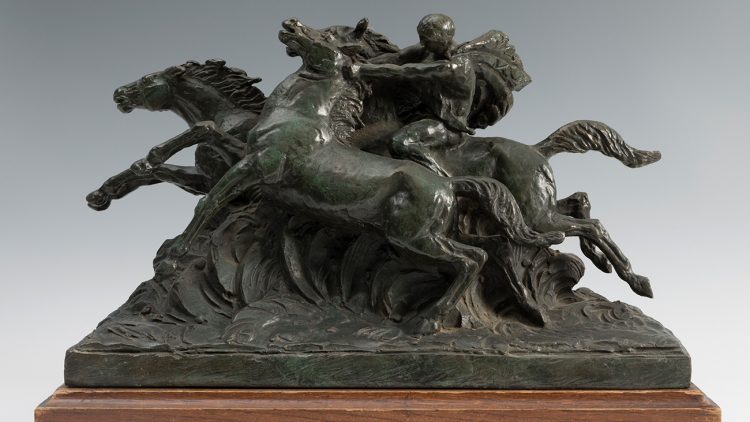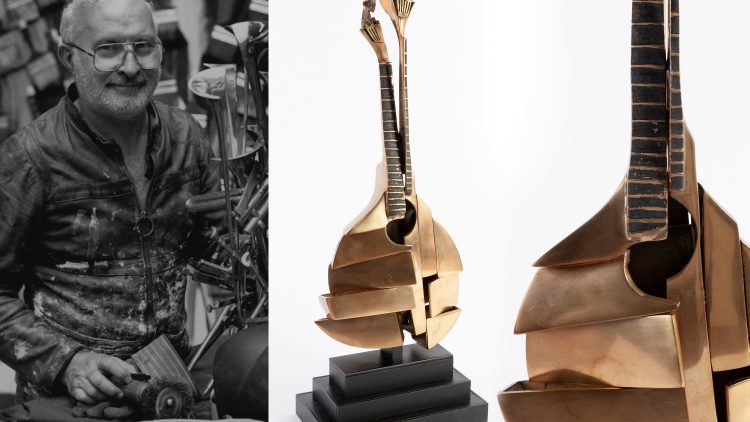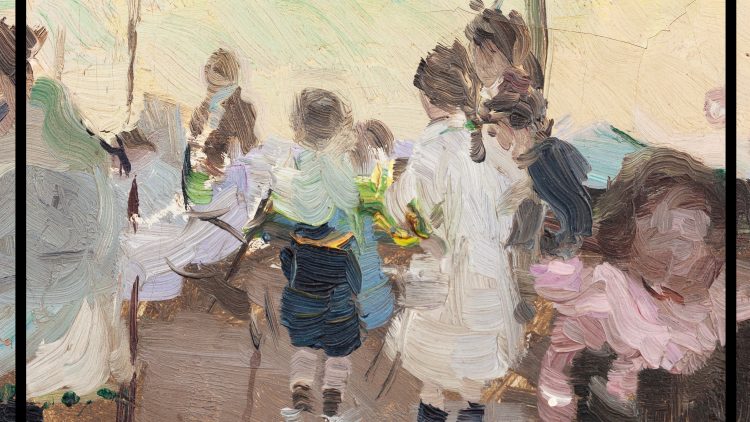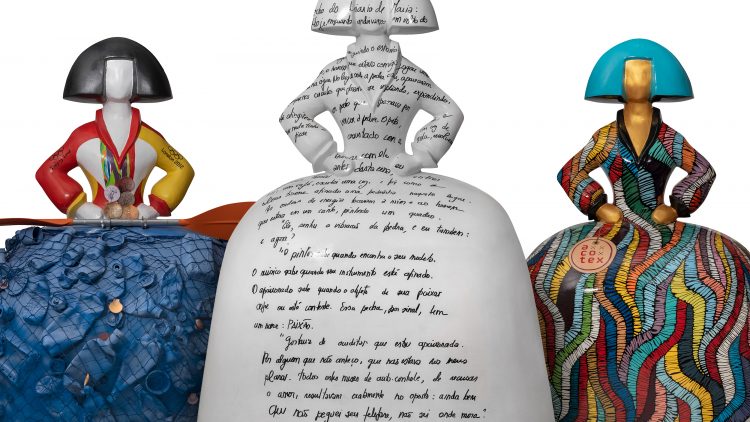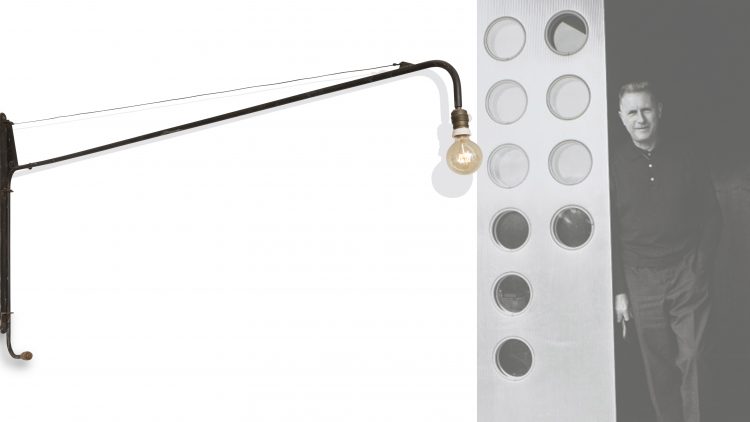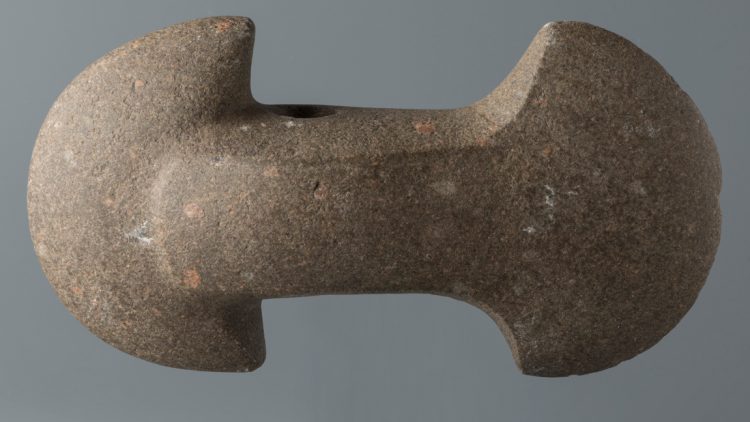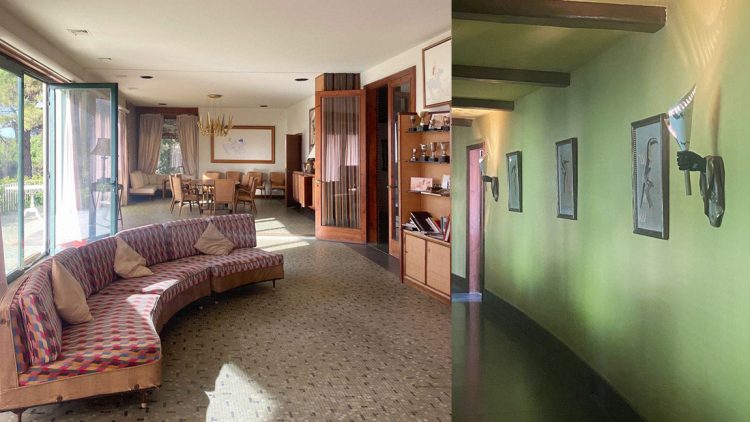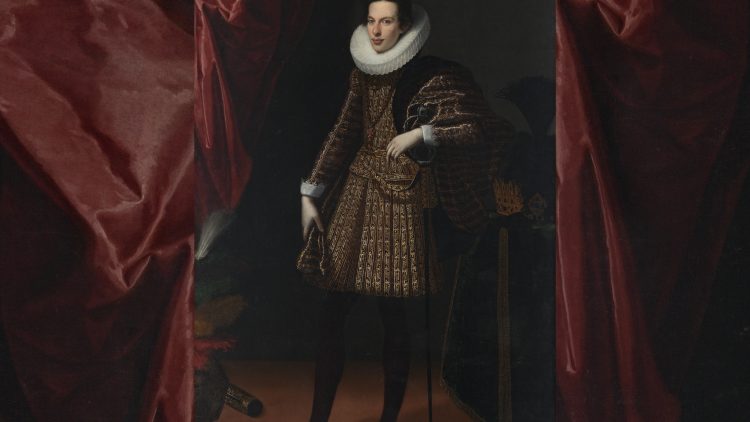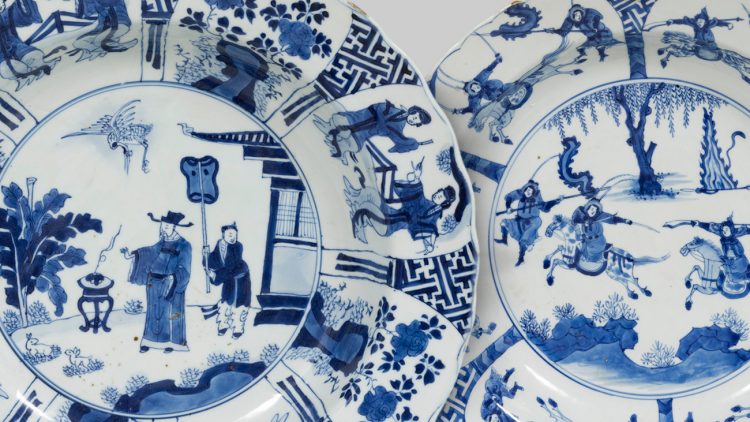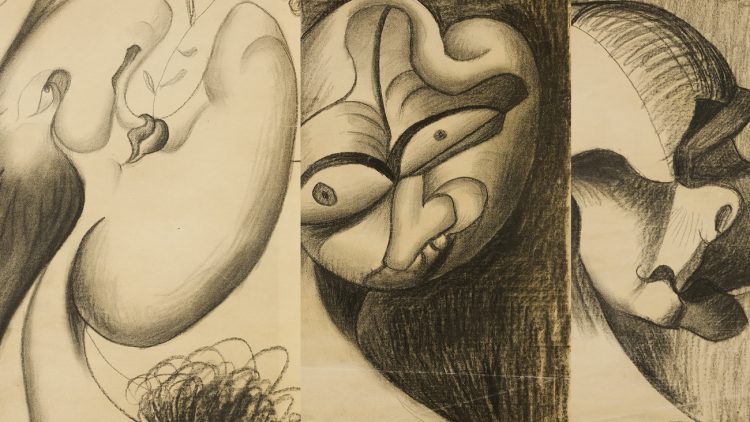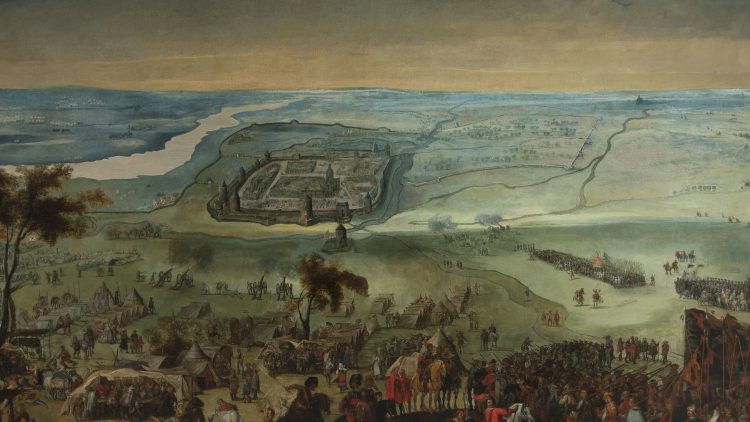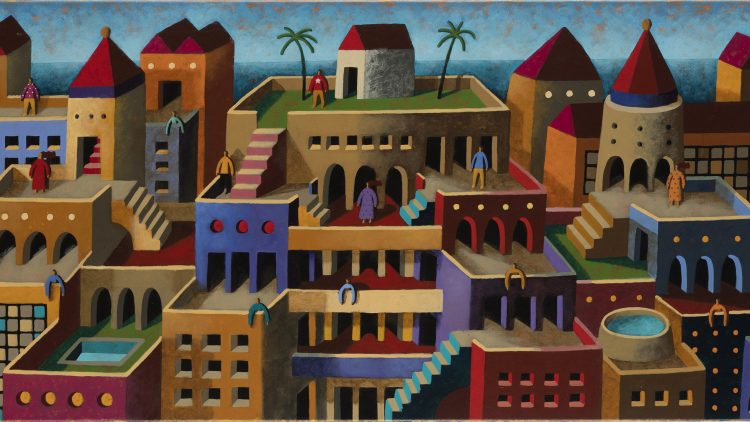Victor Mira’s magic-tragic universe
On September 6, our contemporary art auction returns with a careful and varied selection of Victor Mira’s production, through which we will be able to discover the richness and depth of his creation.
Considered by international critics as one of the great creators of Spanish art in the last decades of the 20th century, Víctor Mira reflected in his different artistic facets the existential torment that accompanied him throughout his life . Qualified as a transgressor, eccentric, visionary, weird, mystic and enlightened, Mira was above all an artist who delved through his art into the depths of the human being. His work, as heartbreaking as it is poetic, acquires a violent spirituality whose feeling is reflected in this revealing statement:“as a man happiness is desired, as an artist I am not interested and I am dominated by the artist. Under this premise, Victor Mira transformed pain into a philosophy of life that would undoubtedly become his everlasting source of inspiration. And it is precisely this aspect that moves us in his work, the brutal and sincere contemplation of a soul, that of the artist, in which loneliness, inner ordeal and death are revealed to us as the only and unappealable certainties of life.

